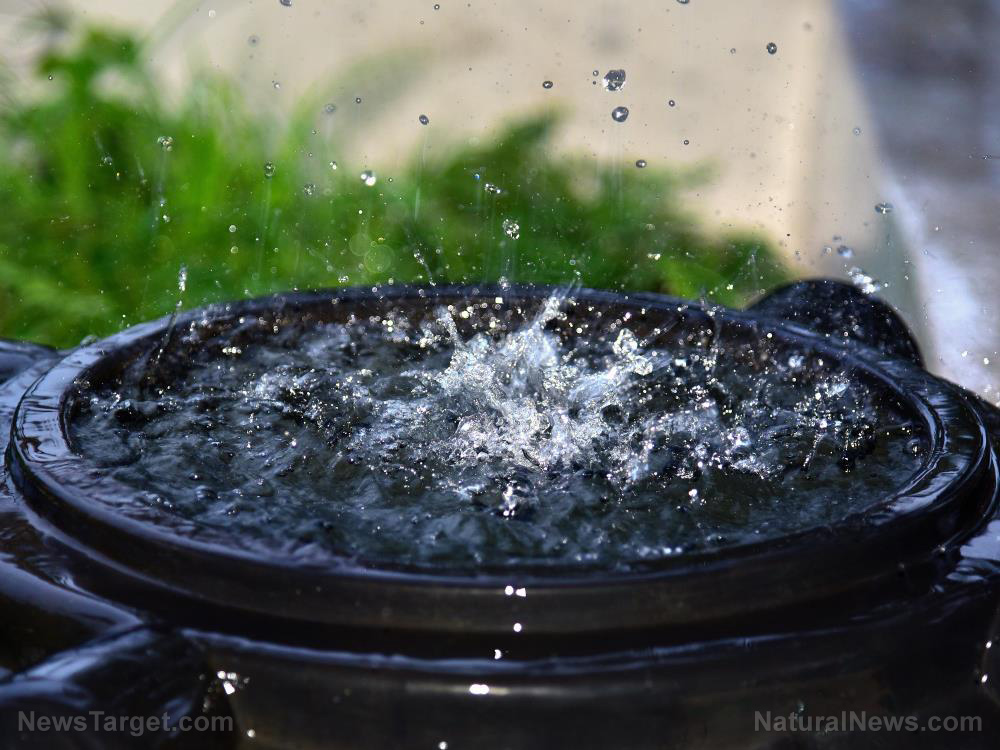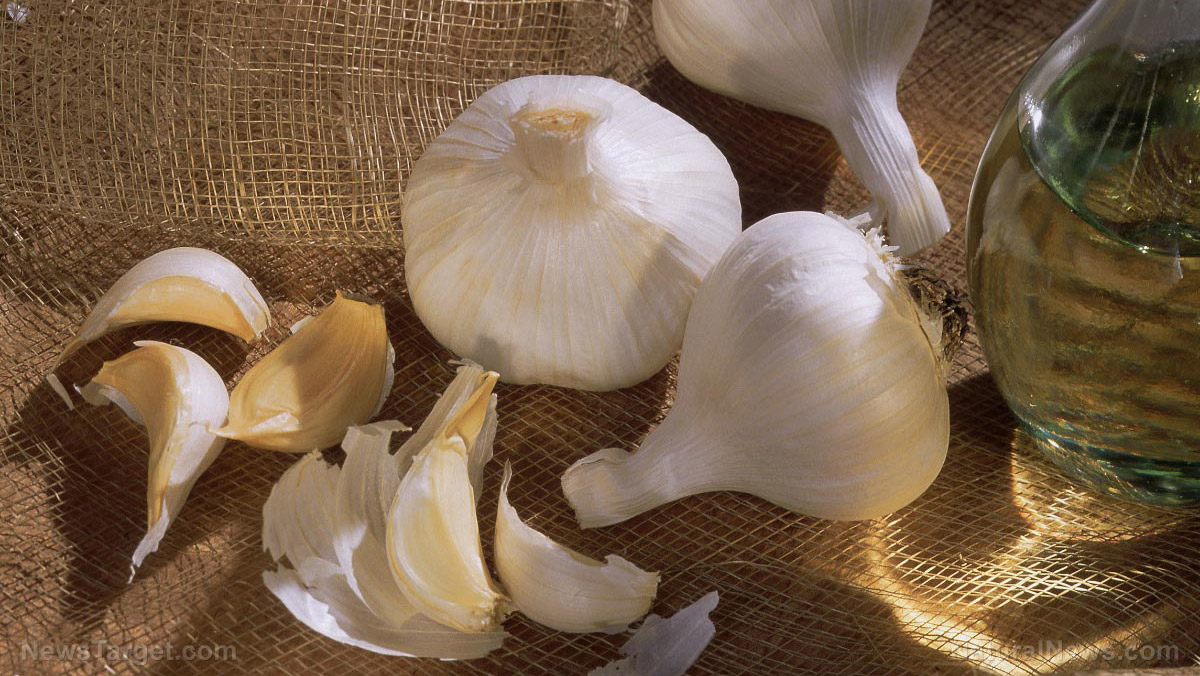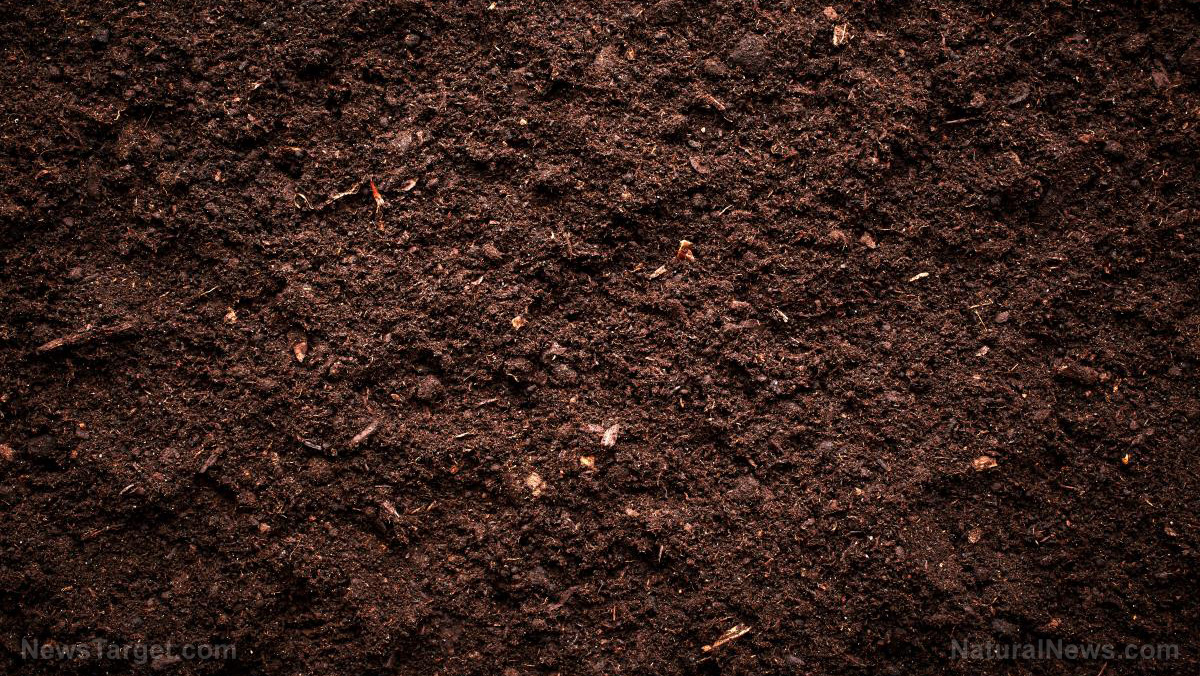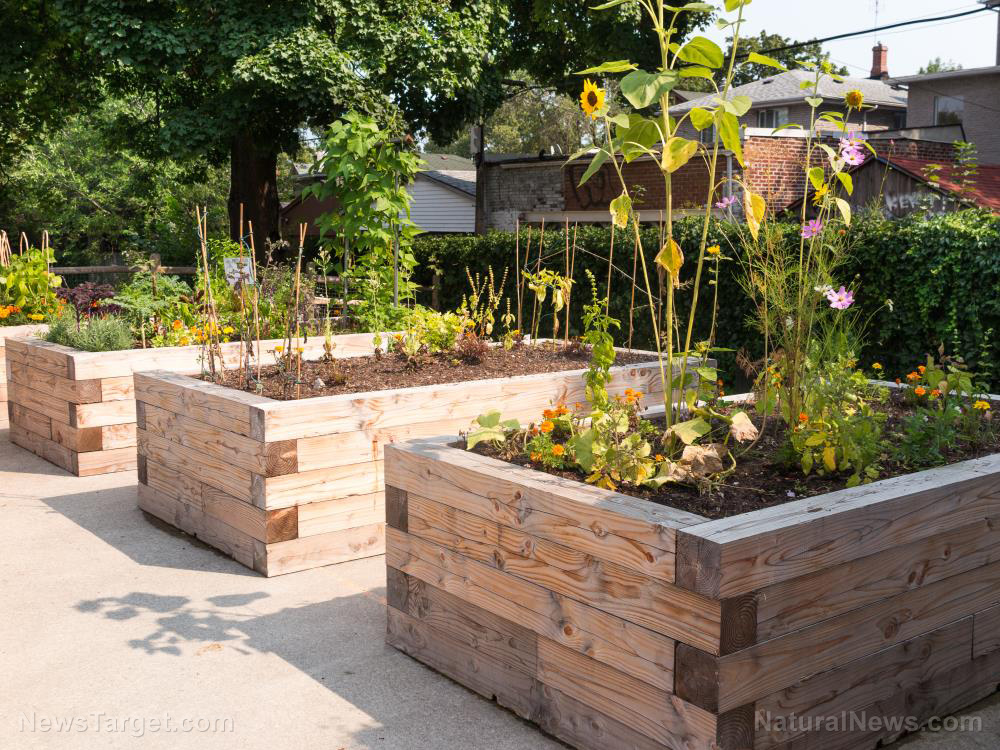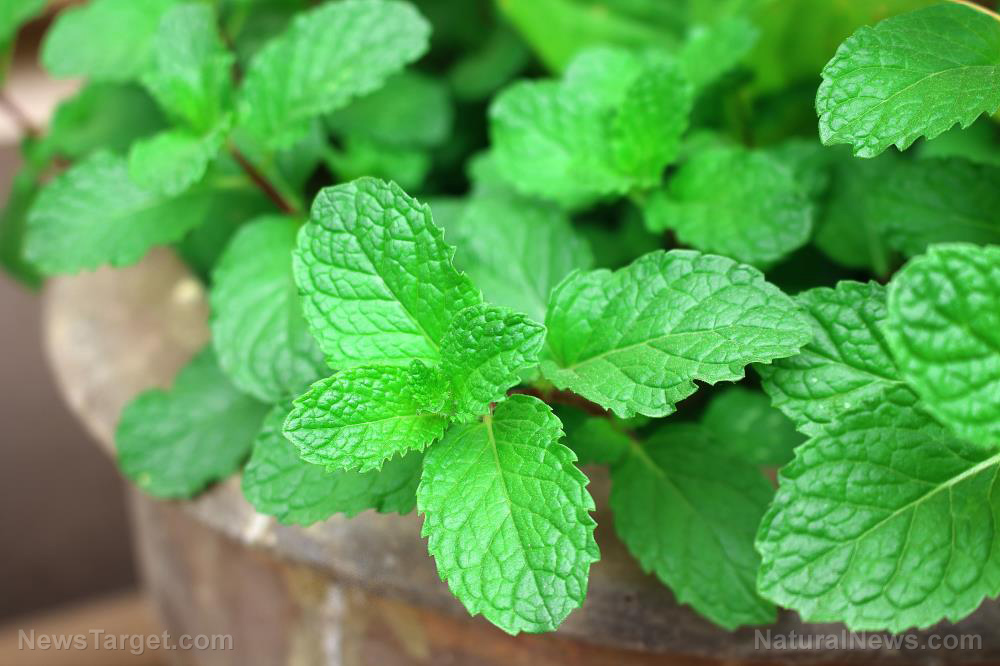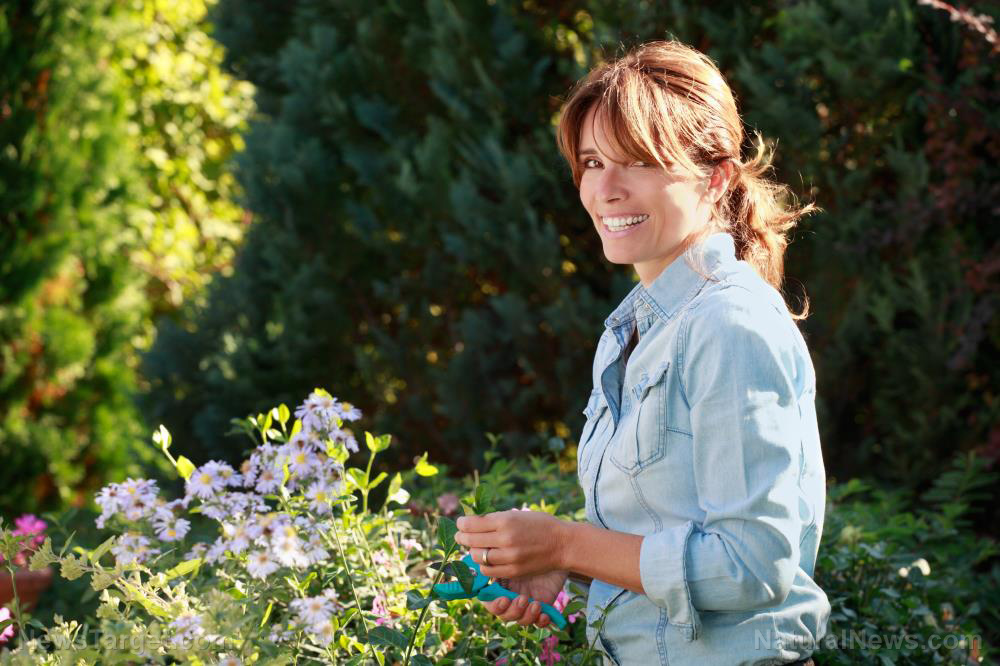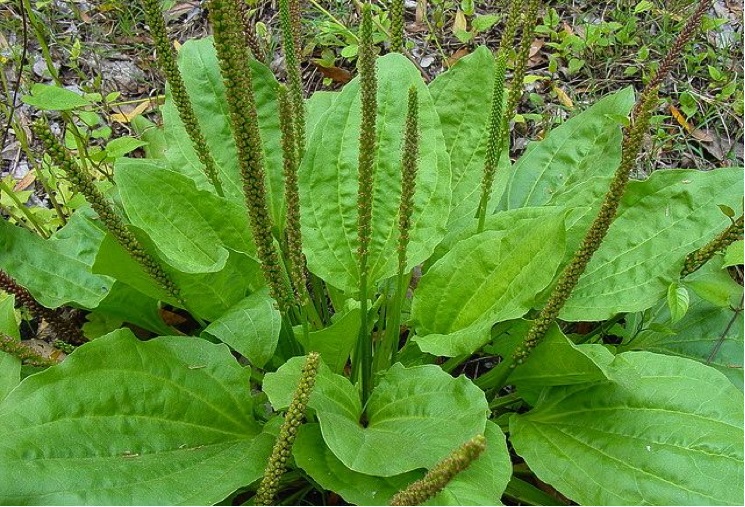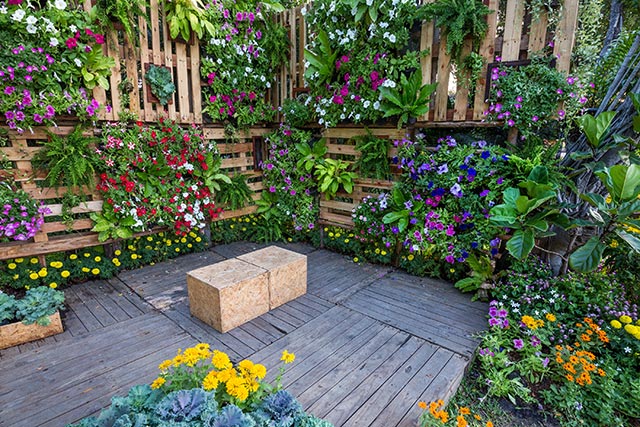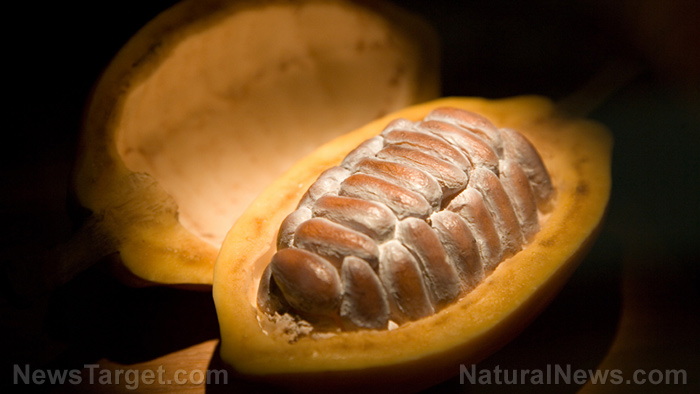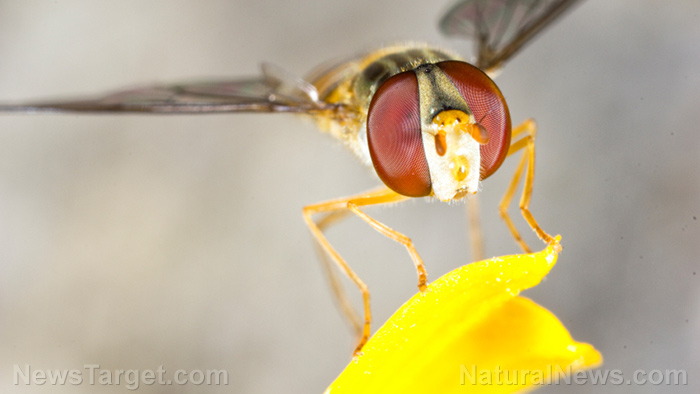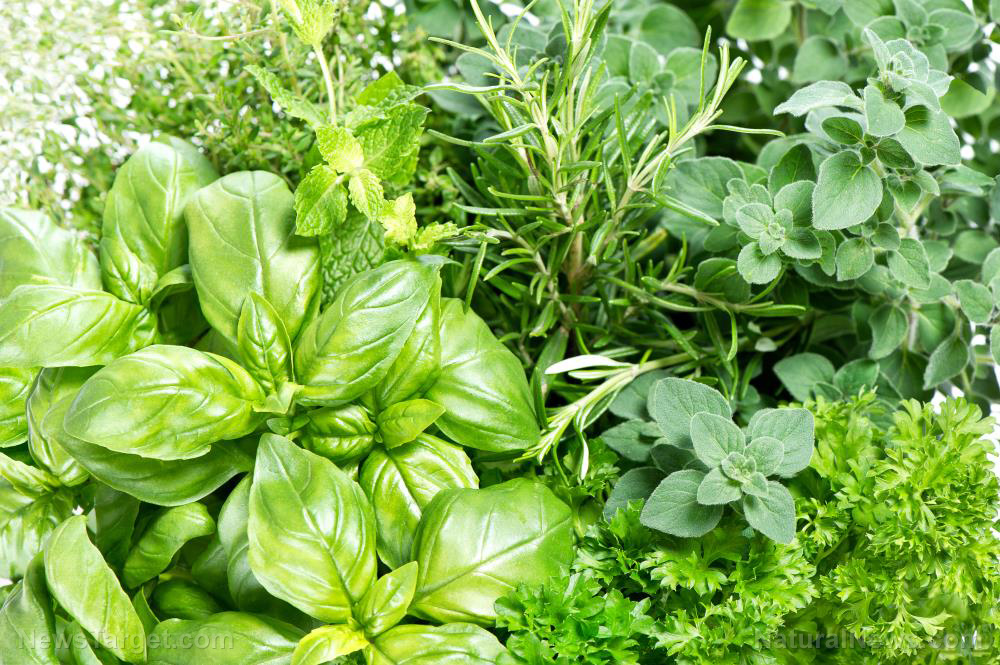How to prep your land: Natural ways to clear out invasive plants, tree stumps
07/22/2018 / By Janine Acero
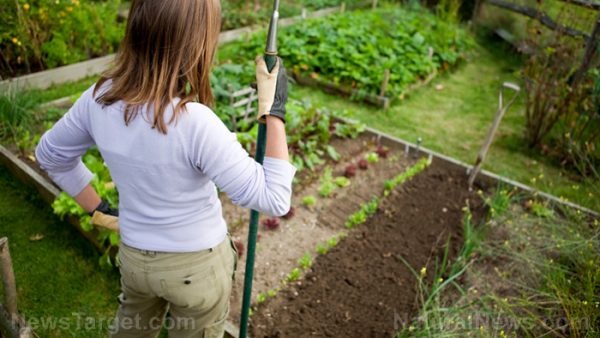
The ability to grow your own food is a valuable skill for anyone who is planning to go for a self-sustaining way of life. However, the type of land you have plays a major role in growing plants and crops. In order to start planting and growing your own produce, you need to prepare your land first, which includes clearing out tree stumps and invasive weeds that may block water and other nutrients meant for your crops.
Below are some natural approaches to clearing your land of tree stumps and invasive plants. It may seem like hard work, but having your land cleared for planting will offer you abundant rewards that are well worth it.
Removing tree stumps
Tree stumps are obstacles in your planting area. They take up space, and new growth can sprout up around it, further taking precious space meant for your crops. Here are some ways to naturally get rid of tree stumps:
- Using a grinder – If you don’t mind the expense, this is the fastest option for removing tree stumps. Stump grinders can usually be bought or rented at your local garden or hardware store. If you are clearing large areas with many trees, you can decide if buying a grinder will be more practical than renting one. Grind a little at a time and watch the stump turn into sawdust. Don’t forget to wear protective gear before using the grinder.
- Using salt – If you’re on a tight budget, a significantly cheaper but slower option is to use Epsom salt. Drill the biggest hole you can manage into your stump; if there are still some roots, drill into them as well, but not all the way through. Fill the holes in the stump with Epsom or rock salt, leaving two or three inches to the top open. Seal the holes in the stump with paraffin wax or beeswax. Make sure the seal is thick enough to stop the rains from washing the salt into the surrounding soil. This method can take several weeks or months. You will know the stump is dead when it begins to fall apart on its own. You may then dig it up or let it decay naturally.
- Smothering – If you have incredible patience, then this option might be for you. Smothering is the easiest and most passive method of removing stumps, but it is a slow and long process. Simply cover the stump with a heavy tarp to smother it. Snip any buds that come up and keep the stump as dry as possible to prevent any growth.
Clearing out invasive weeds
Like tree stumps, weeds take up space in your yard that is meant for your crops. In addition, these invasive species steal water and nutrients from the soil that are meant to help your plants grow. Remove those pesky weeds with the following methods:
- Killing bramble – Get rid of these prickly shrubs by hand-turning the soil with a shovel or use a tiller to get to the roots. To ensure that the surviving roots don’t take hold, you can plant a fast-growing grassy crop, such as barley, over the tilled area. The crop will settle in nicely to the freshly turned soil and will choke out any remaining roots.
- Killing star thistle – It pays to keep your eyes peeled for invasive species, and to remove them as soon as possible. In the case of star thistle, a serious infestation will be difficult and expensive to remove. For a small infestation, you can pull the plants by hand, but be sure to burn them afterward. Don’t include invasive weeds to your compost or till the plants under the soil or the burn area. These plants thrive on freshly turned soil and will grow faster than native species. Consult with your local farm for a fast-growing plant to cover up the tilled soil or any local insect that may have a taste for invasive weeds.
Help protect and preserve nature and the environment by skipping the use of toxic herbicides to get rid of invasive plants. To learn more about natural ways to prepare your land for planting, visit GreenLivingNews.com today.
Sources include:
Tagged Under: green living, invasive weeds, natural methods, Off-the-grid living, preparedness, prepping, self sustaining, self-sufficient, sustainable living, tree stumps


